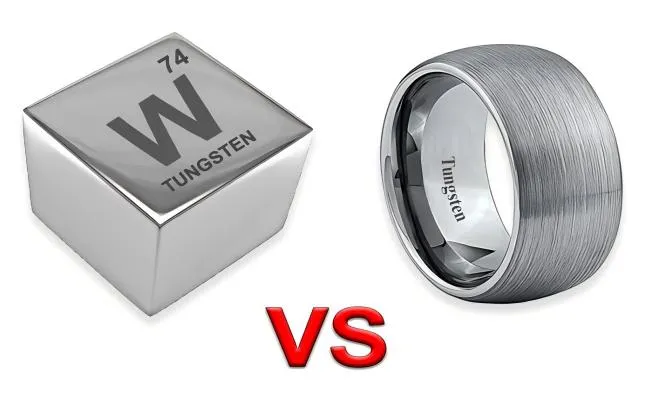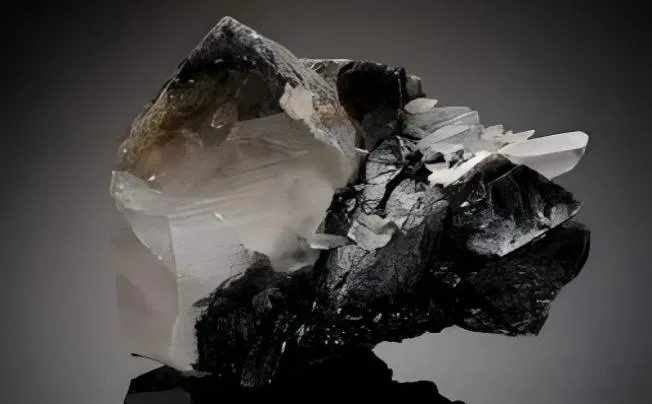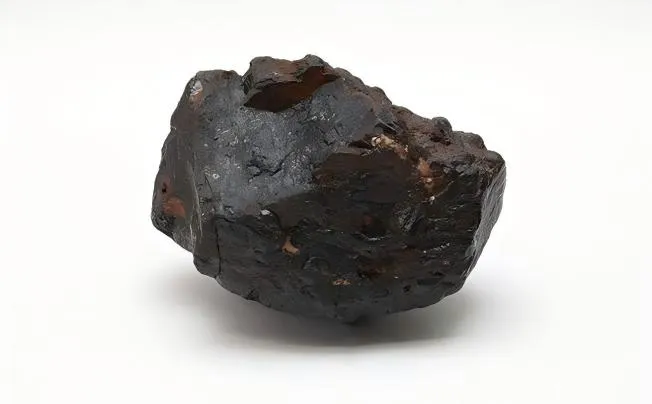In its simplest form, ferrotitanium is an alloy composed primarily of iron and titanium. The proportion of each element can vary depending on the desired characteristics of the final product.
Iron provides strength and malleability to the alloy, while titanium enhances its corrosion resistance and heat tolerance. The synergistic combination of these two elements results in a material that is ideal for demanding applications that require both durability and resilience.
Composition and Properties of Ferrotitanium Alloy
Ferrotitanium is an alloy composed primarily of iron and titanium, with varying percentages of each metal depending on the desired characteristics. Typically, ferrotitanium contains around 20-75% titanium and the rest is iron, along with trace amounts of other elements like carbon and aluminum.
This composition gives ferrotitanium its unique properties, such as high strength-to-weight ratio, excellent corrosion resistance, and good weldability. The presence of titanium enhances the alloy's strength while maintaining its ductility, making it a versatile material for various applications.
In terms of physical properties, ferrotitanium is known for its silver-grey appearance with a metallic lustre. It has a relatively high melting point compared to pure titanium due to the presence of iron in the alloy.
Additionally, ferrotitanium exhibits good thermal stability and can withstand high temperatures without significant deformation or degradation. Its density is lower than that of pure titanium but higher than that of steel, making it an ideal choice for applications where both strength and lightweight properties are crucial.
Rusting Process in Ferrotitanium
The Chemical Composition Behind Rust Formation
Ferrotitanium is an alloy composed of iron and titanium, with varying percentages of each depending on the desired properties. The presence of iron in ferrotitanium makes it susceptible to rusting, as iron readily reacts with oxygen in the presence of moisture to form iron oxide, commonly known as rust.
Titanium, on the other hand, is highly resistant to corrosion due to the formation of a protective oxide layer on its surface. However, when exposed to harsh environments or if the protective oxide layer is compromised, the iron component in ferrotitanium becomes vulnerable to oxidation.
Factors Contributing to the Rusting Process
Exposure to moisture and oxygen are primary factors contributing to the rusting process in ferrotitanium. Moisture provides a medium for the electrochemical reactions that lead to oxidation, while oxygen acts as the oxidizing agent.
In humid or aqueous environments, such as marine or industrial settings, ferrotitanium is more prone to rust formation due to increased moisture levels. Additionally, temperature fluctuations and impurities in the alloy can accelerate the corrosion process by promoting galvanic reactions between different metals present.
Understanding Corrosion Mechanisms in Ferrotitanium
The rusting process in ferrotitanium involves a series of chemical reactions that ultimately lead to the degradation of its surface. When exposed to moisture and oxygen, iron atoms undergo oxidation by losing electrons and forming iron ions.
These ions react further with oxygen molecules from the air, resulting in the formation of various iron oxide compounds such as Fe2O3 (ferric oxide) and Fe3O4 (magnetite). The accumulation of these iron oxides on the surface creates characteristic reddish-brown patches known as rust, which not only alters the appearance but also weakens the structural integrity of ferrotitanium over time.
Role of Iron and Titanium in the Oxidation Process
Iron and titanium play pivotal roles in the oxidation process that leads to rust formation on ferrotitanium surfaces. Iron, being the primary component of ferrotitanium, is highly susceptible to oxidation when exposed to oxygen and moisture.
When iron atoms come into contact with oxygen molecules, a chemical reaction occurs where iron loses electrons, leading to the formation of iron oxide, commonly known as rust. Titanium, on the other hand, has a protective oxide layer that prevents further oxidation; however, its presence can influence the overall corrosion resistance of ferrotitanium alloys.
Titanium's protective oxide layer acts as a barrier between the underlying metal and external corrosive elements. This passive film is formed spontaneously when titanium is exposed to air or moisture, creating a stable surface that resists further oxidation.
In contrast to iron's tendency to readily form rust, titanium's oxide layer serves as a shield against corrosion by inhibiting direct contact between the metal surface and environmental factors. The combination of iron's susceptibility to rusting and titanium's protective properties creates a complex interplay in the oxidation process of ferrotitanium.
Guarding Against Rust: Protective Coatings
Protective coatings play a crucial role in safeguarding ferrotitanium from the insidious effects of rust. These coatings act as a barrier between the alloy and the external environment, preventing moisture and oxygen from coming into direct contact with the surface of the metal.
Various types of protective coatings can be applied to ferrotitanium, including paints, lacquers, and specialized corrosion-resistant films. These coatings form a physical shield that inhibits the oxidation process, thereby extending the lifespan of ferrotitanium components in demanding industrial applications.
One common method for protecting ferrotitanium is through the application of epoxy-based coatings. Epoxy coatings are known for their excellent adhesion properties and resistance to corrosion, making them ideal for harsh environments where rust formation is a significant concern.
These coatings create a durable layer that not only prevents rust but also enhances the overall durability and longevity of ferrotitanium components. Additionally, epoxy coatings can be customized to provide specific levels of chemical resistance and UV protection, further enhancing their effectiveness in preventing rust.
Another innovative approach to protecting ferrotitanium from rust is through the use of sacrificial coatings such as zinc-rich primers. Sacrificial coatings work by sacrificing themselves through galvanic corrosion to protect the underlying ferrotitanium substrate.
This sacrificial action ensures that any small imperfections or breaches in the protective coating are sealed off before they can cause significant rust formation. By combining sacrificial coatings with other anti-corrosion strategies, such as proper surface preparation and regular maintenance inspections, manufacturers can effectively mitigate the risk of rust on ferrotitanium components over extended periods.







